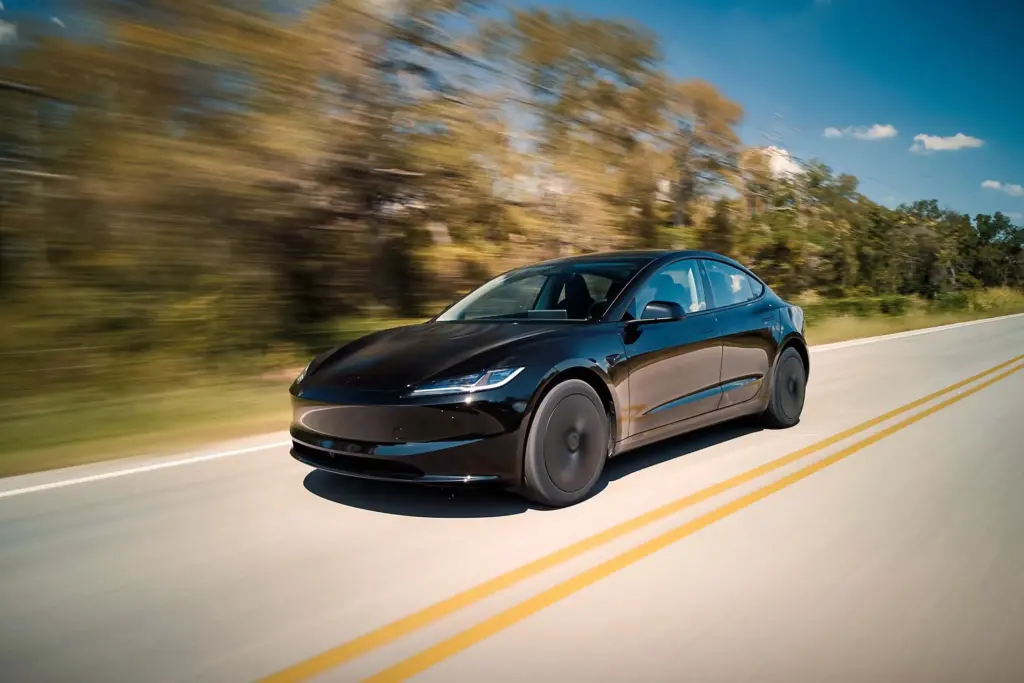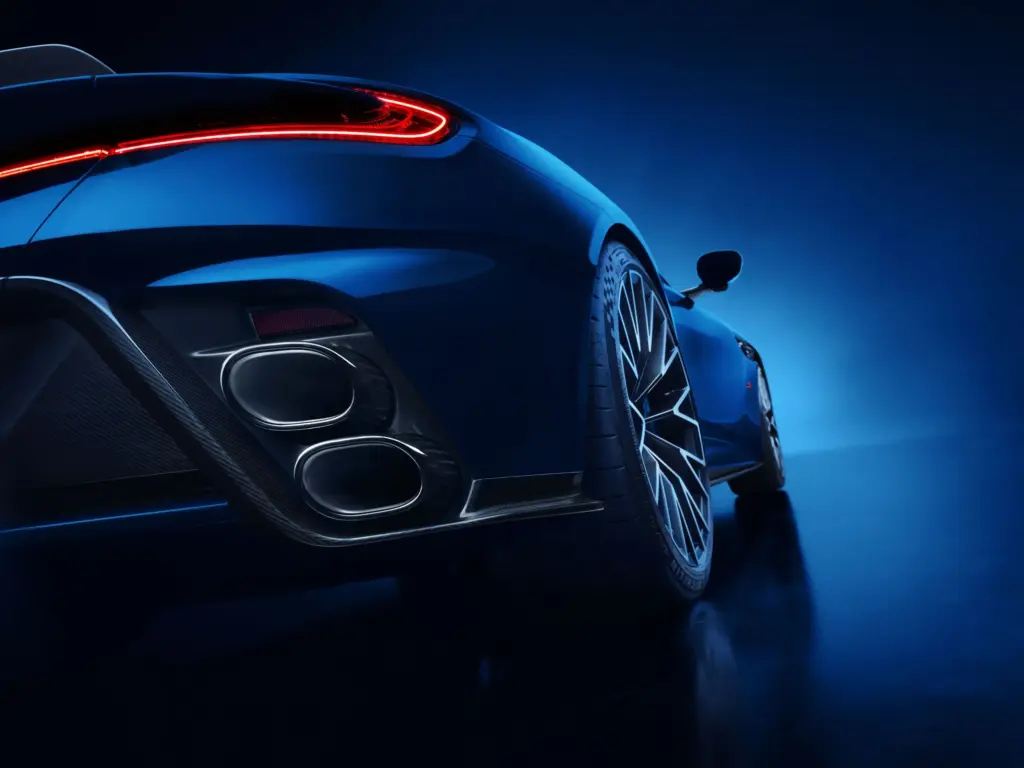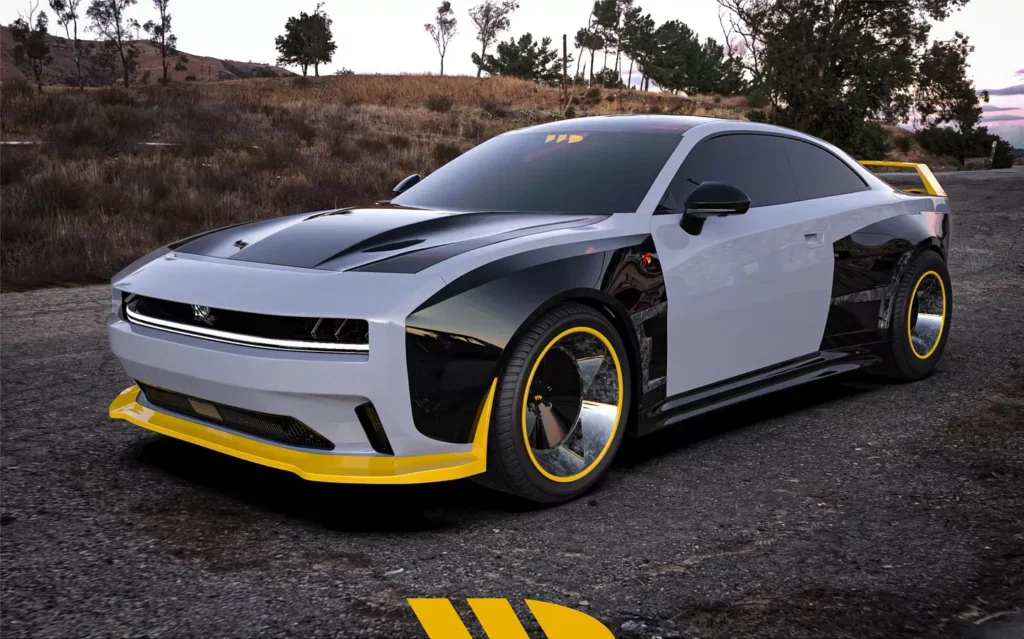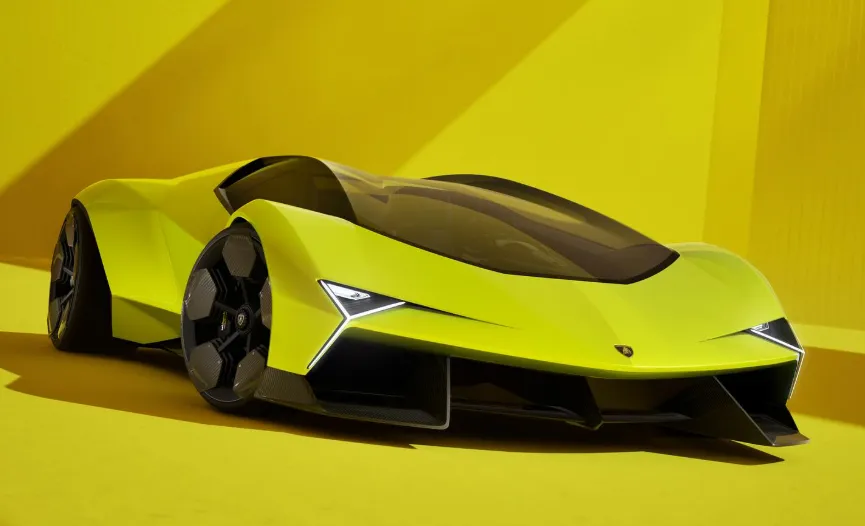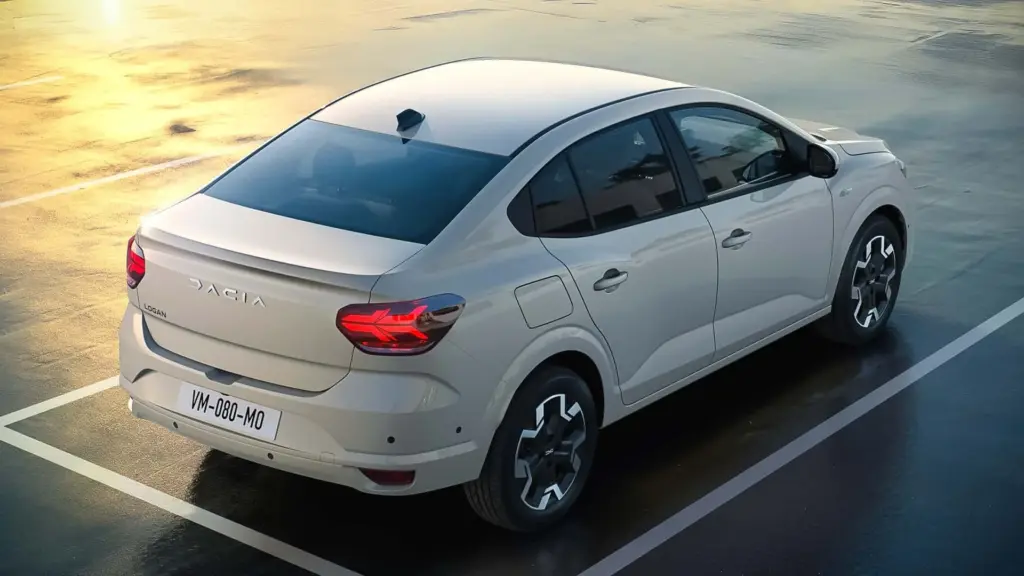Backstage reports indicate that Volkswagen is preparing a definitive Golf R for 2027, celebrating 25 years of the R sub-brand. The trump card? The legendary 2.5 TFSI five-cylinder engine from the Audi RS3, in a configuration above 400 hp, all-wheel drive, and a focus on track performance.
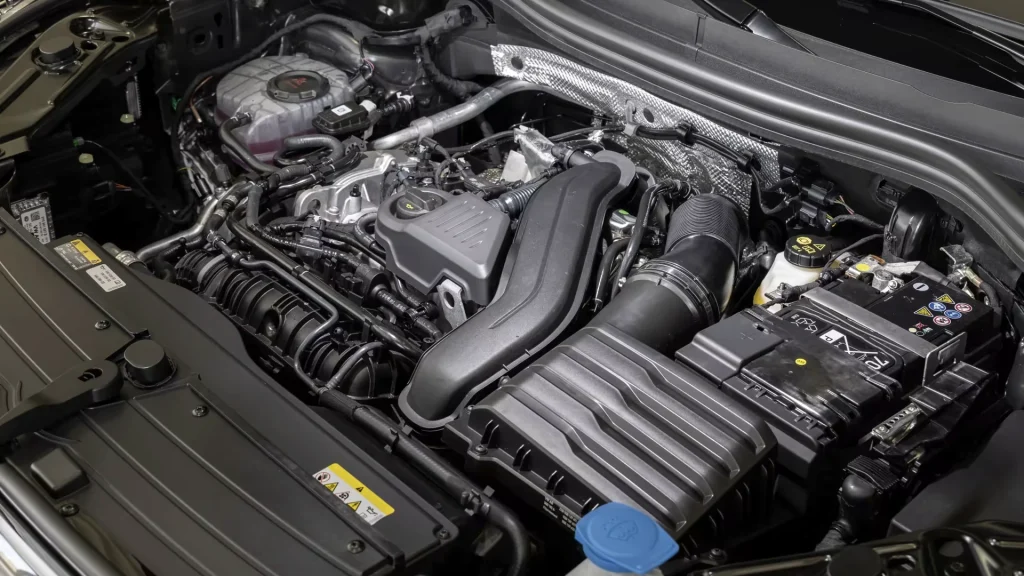
Will the Golf R have the 2.5 TFSI five-cylinder, and what’s changing?
According to reports, the 2.5 TFSI (EA855) would replace the 2.0 EA888 at the top of the lineup, delivering increased power and an unmistakable growl. The goal is to give the Golf R a send-off from the combustion era with “RS” level figures.
For comparison, the current Golf R already features AWD, sharp electronics, and a solid chassis package. To understand the level this project aims for, see what the 329 hp model offers today in the VW Golf R 2025 (Mk8.5).
How much power, performance, and extra weight should we expect?
Rumor has it between 400–430 hp, no hybrid, with track tuning and wide torque. The weight increase would be modest, around +55 lbs (25 kg), requiring larger brakes and reinforcement in the chassis. In numbers, this could translate to 0–60 mph in approximately 3.5–3.8 seconds and a top speed over 168 mph (270 km/h), depending on the limiter.
The donor for this powertrain is the benchmark RS among compact hatches. To get an overview of the recent evolution of this powertrain and chassis adjustments, check out the latest Audi RS3.
Direct competitors and quick comparison
- Audi RS3: 400–415 hp AWD
- AMG A45 S: 416–421 hp AWD
- BMW M135i: ~300 hp AWD
- GR Corolla: ~300 hp AWD
- Honda Civic Type R: 315 hp FWD
What transmission, all-wheel-drive system, and differential will the model use?
The transmission should be a 7-speed DSG, without a manual option, with AWD and a rear differential with torque vectoring “torque splitter.” This allows controlled oversteer, prioritizes exiting turns, and reduces understeer on technical tracks.
Many of these features are already on enthusiasts’ radar. To see how Volkswagen distributes chassis electronics, driving modes, and vectoring in recent versions, delve into technologies in the Golf R 2025.

How much might it cost, and how does it position itself in the market?
A Golf R 2.5 TFSI would be priced above the standard versions. It’s reasonable to expect prices starting around $65,000, rising to $80,000+ for special editions. In markets that operate with dollars, expect something above $55,000 depending on taxes and packages.
With record-breaking ambitions, the primary target is the track. Factory models already compete for lap times at Nürburgring, as shown by the performance of the Golf GTI “50 Years” in the Green Hell. A five-cylinder R with torque splitter would join this competition.
When will it arrive, and what is its legacy for the Golf’s electric era?
The expected timing is 2027, coinciding with the 25th anniversary of the R line, marking a “swan song” for combustion. Afterward, the transition to electric platforms will likely define the future of the Golf as a product.
The acronym TSI itself summarizes why this chapter matters: turbo, direct injection, and optimization that have defined generations of enthusiasts. If you want a technical refresher before the likely 2.5, explore what Volkswagen’s TSI is and how engineering arrived here.
FAQ — Quick questions
- Is it officially confirmed by the manufacturer? Not yet. It’s based on solid research but without an official announcement.
- Will it have a manual version? The expectation is only a 7-speed DSG, focused on performance and lap times.
- Will it be electrified? The proposed approach is purist: a turbo five-cylinder without hybrid assistance.
- Will it be a limited edition? It’s plausible. A “final R” usually comes with limited production and an exclusive package.
- Will it outperform rivals on the track? With torque splitter, larger brakes, and 400+ hp, it has the package to compete at the top.
Now it’s your turn: does a five-cylinder Golf R make sense as a farewell to the combustion era? Leave your comment.
Author: Fabio Isidoro
Founder and editor-in-chief of Canal Carro, he dedicates himself to exploring the automotive universe with depth and passion. A car and technology enthusiast, he produces technical content and in-depth analyses of national and international vehicles, combining quality information with a critical eye for the public.

